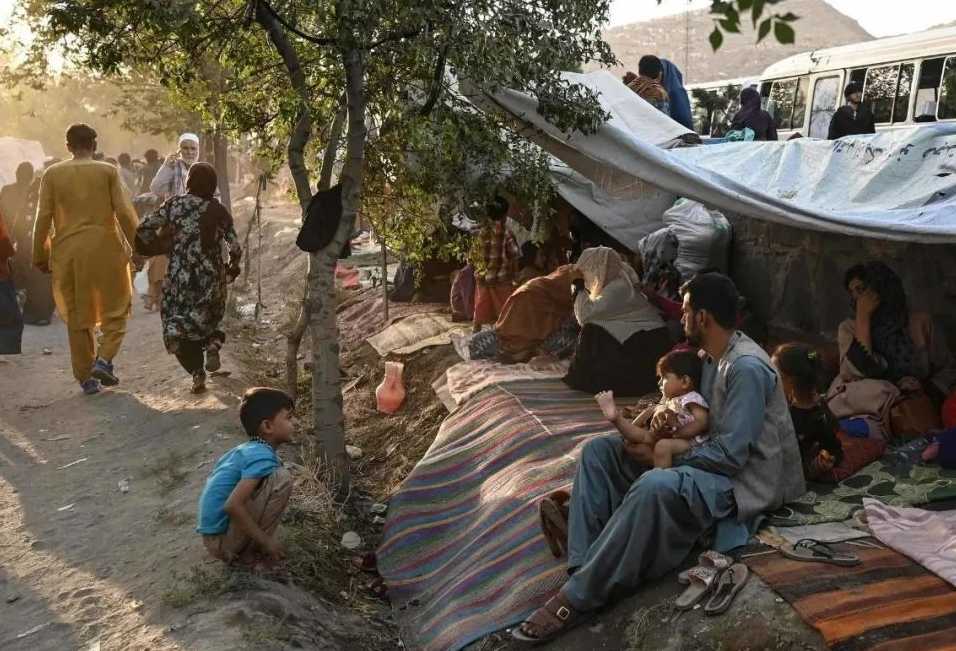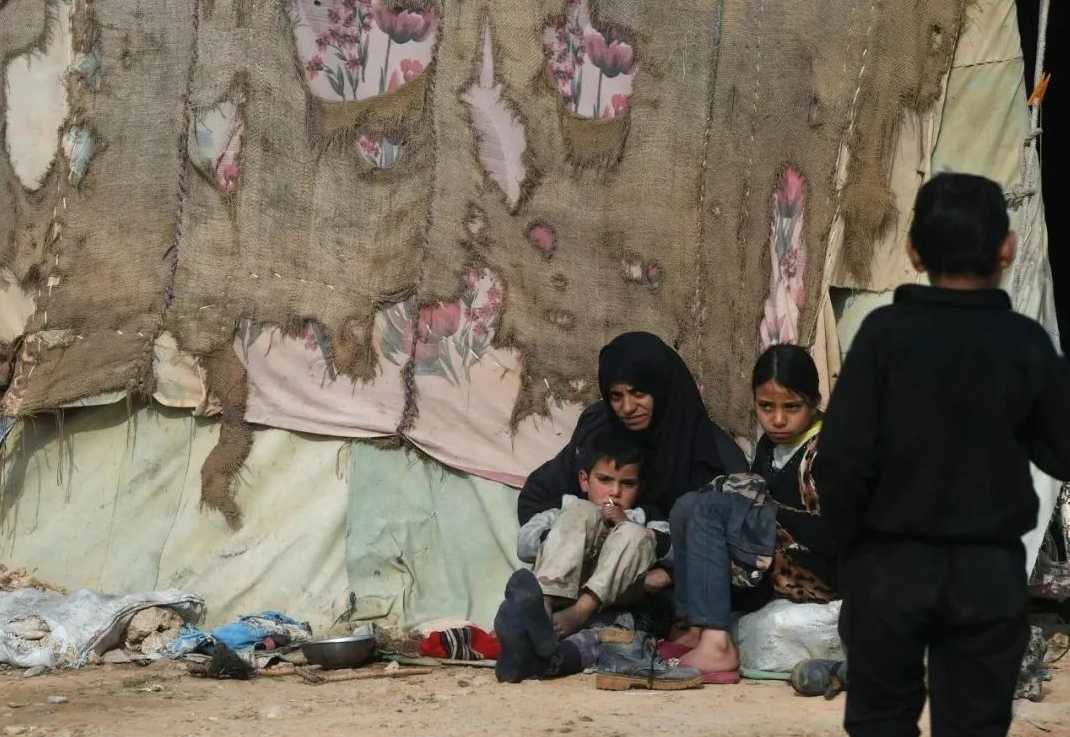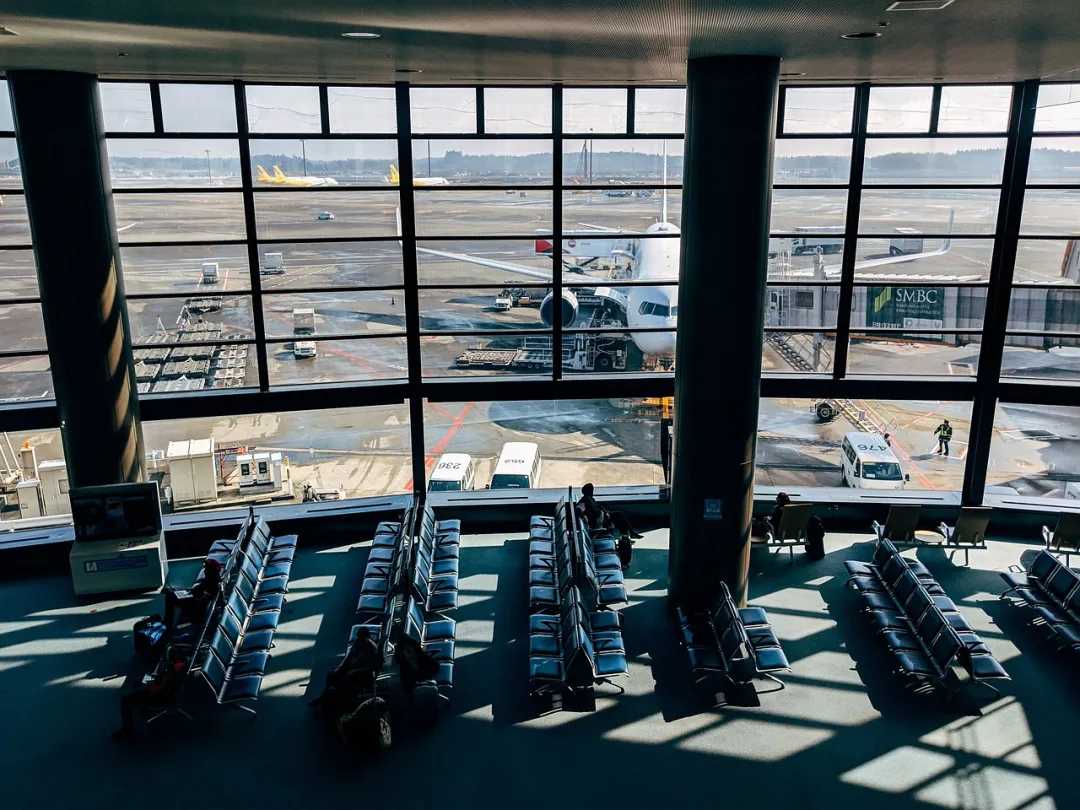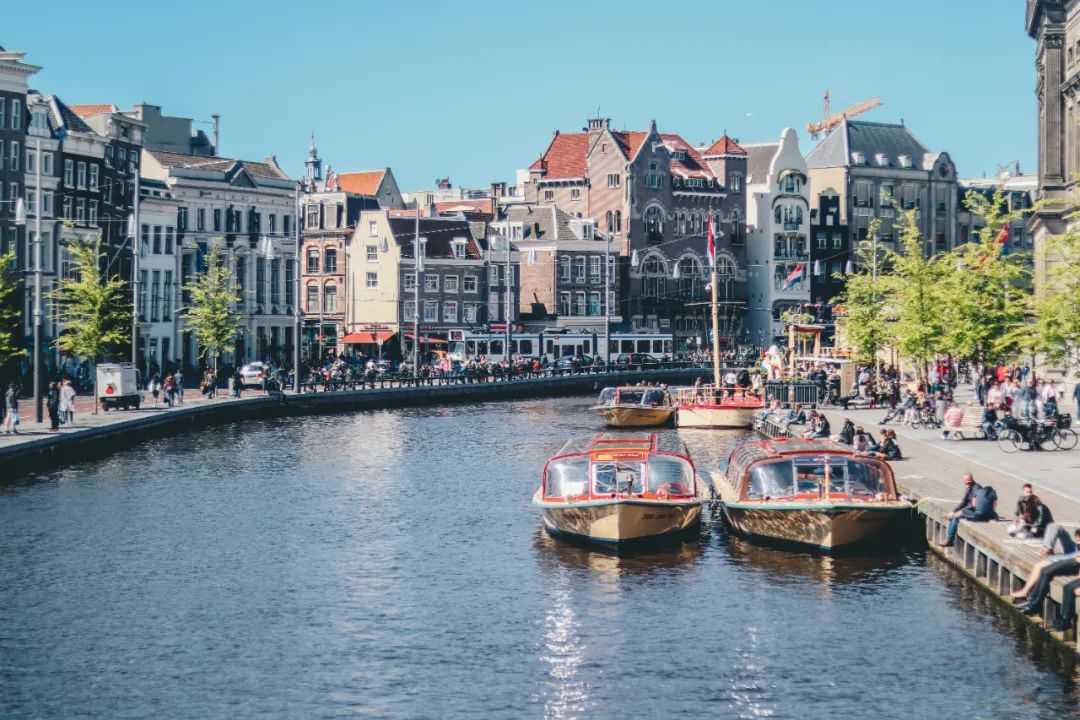Afghanistan: A Nation of Untapped Wealth Amidst Endless Turmoil
Afghanistan holds mineral resources valued at over $1 trillion, yet it remains one of the world’s poorest nations. This paradox stems from a history of conflict that has stifled development and trapped its people in poverty.
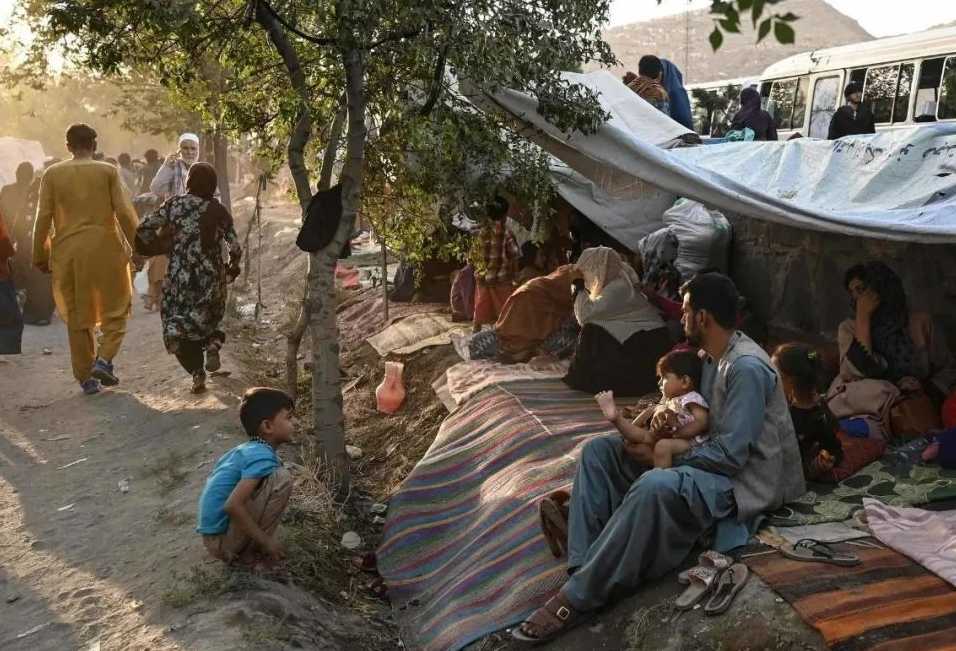
Source: Images from the Internet, if there is any infringement, please contact the removal of
Since the 19th century, Afghanistan has been a pawn in great power rivalries—contested by the Russian Empire and British Empire. After gaining independence in 1919, stability eluded it. The 1979 Soviet invasion dragged the country into a proxy war, with U.S. support for Afghan forces aiming to counter Soviet influence. This conflict spiraled into 20 years of chaos, leaving infrastructure in ruins and society fragmented.
Endless wars, social instability, and economic collapse have blocked access to its mineral wealth. Mines lie unexploited, and international investors shy away, deterred by violence and uncertainty. Despite its vast natural potential—including lithium, copper, and gold—Afghanistan cannot leverage these resources to lift its people out of poverty.
Today, the cycle continues: conflict prevents development, and underdevelopment fuels further instability. A nation rich in resources remains poor, its people paying the price for decades of external meddling and internal strife.
